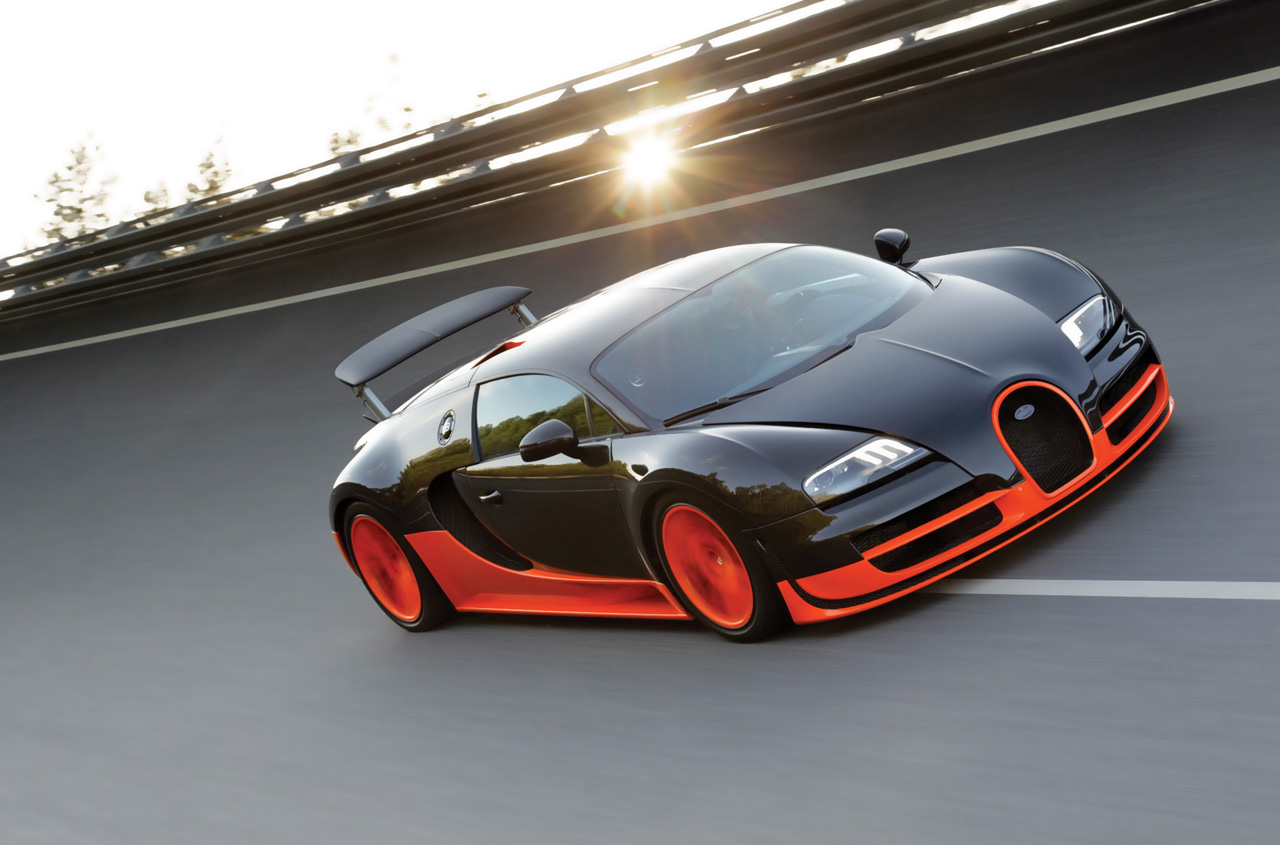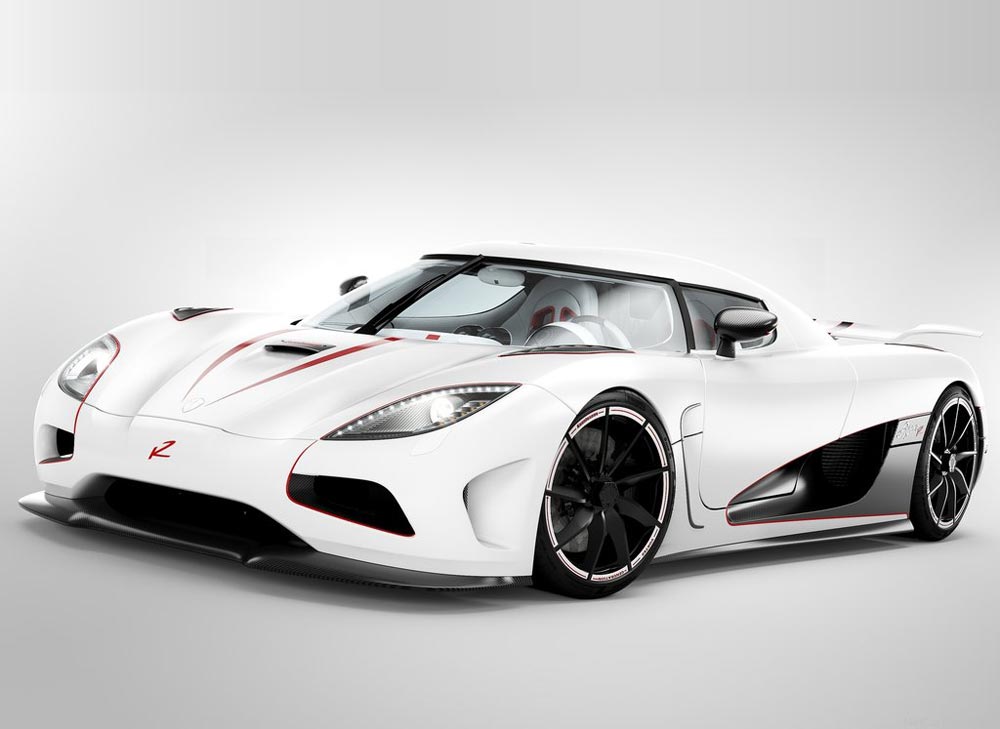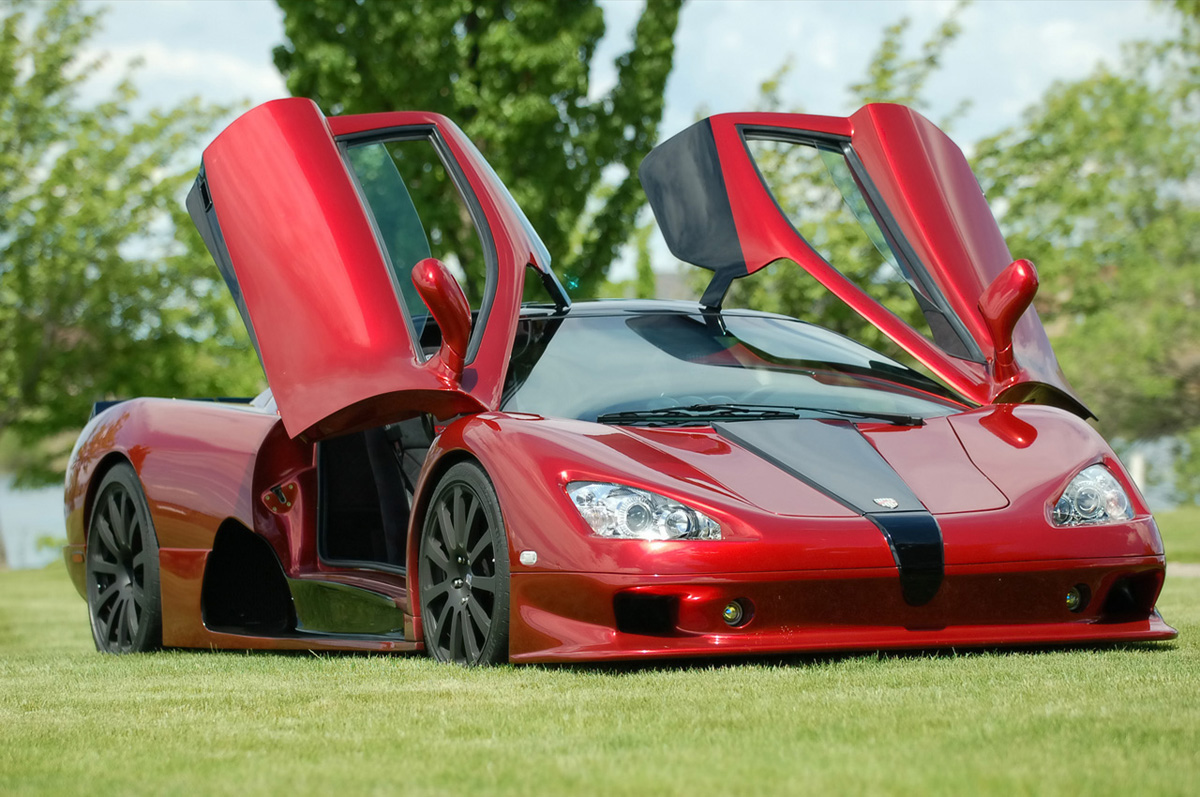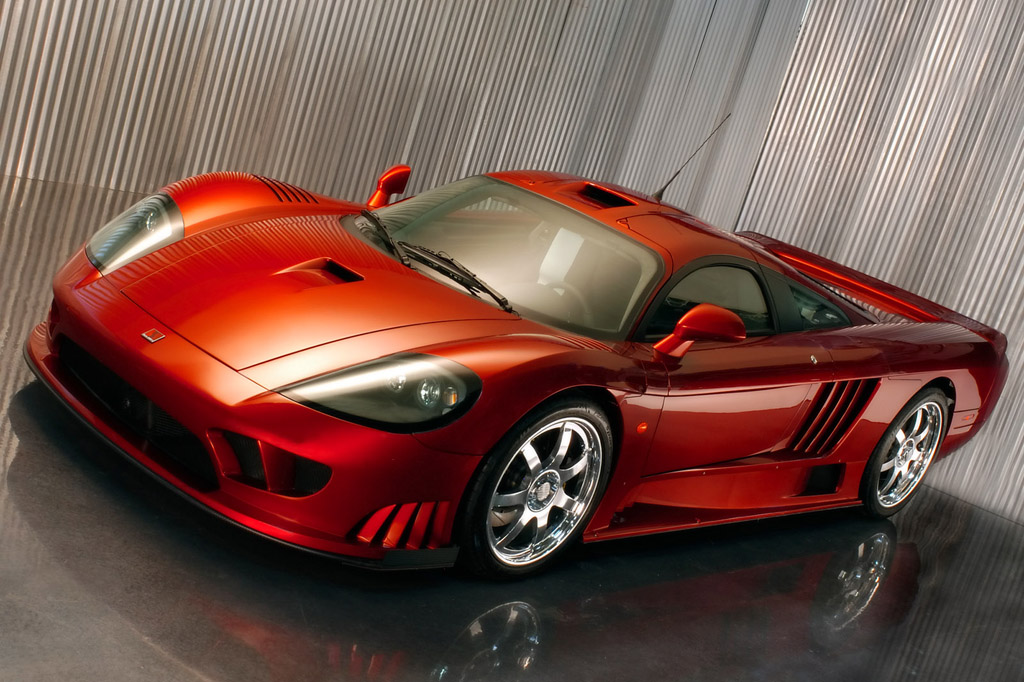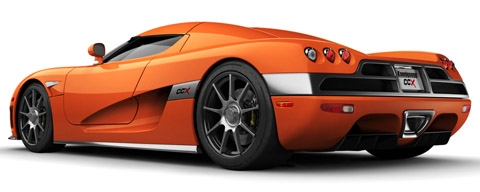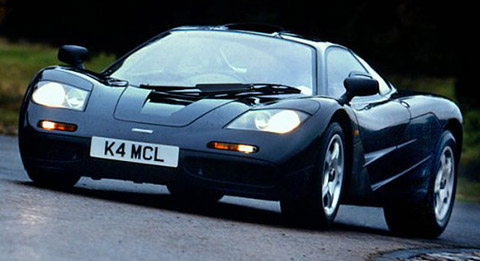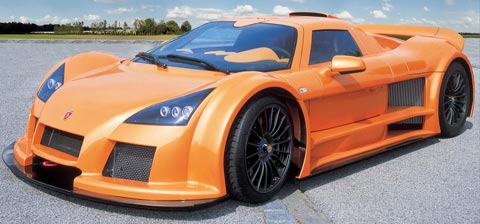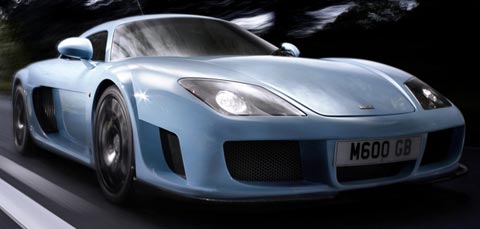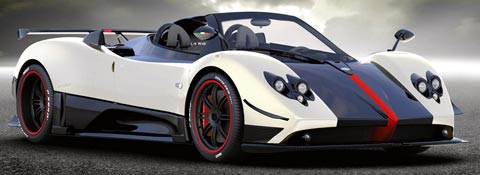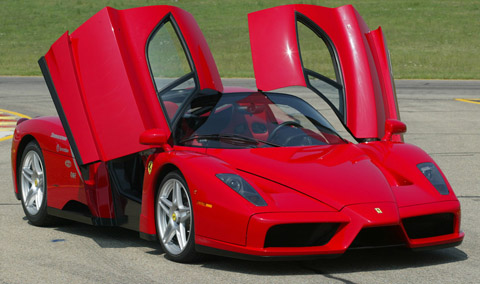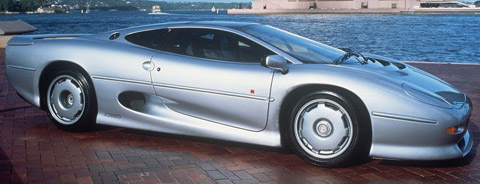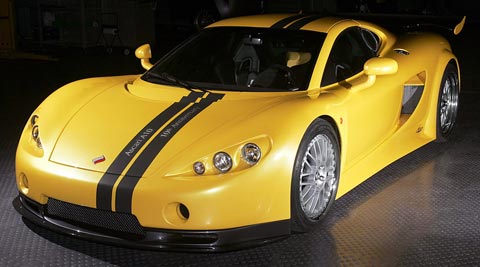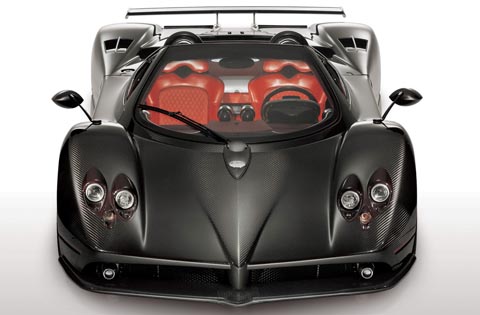Development
As per the new rules for Le Mans 2011 the car features a stabilisation fin on the engine cover and also has a new 6-speed gearbox. The new gearbox is electrically controlled instead of pneumatically controlled, saving weight by eliminating the pneumatic system. Despite the capacity reduction, the 3.7L V6 is claimed to develop more than 397 kilowatts (532 bhp) of power. This is less than the outgoing R15, but the V6 engine's fuel consumption will more than likely be lower than that of the outgoing V10 engine on the R15. The new engine has a single Garrett TR30R VGT turbocharger, as opposed to the twin TR30R configuration of both the Peugeot 908 HDi FAP and the previous Audi R15 TDI. The R18's V6 engine exhausts inwards between the cylinder banks, where the turbocharger is placed. This is called a 'hot side inside' configuration and is opposed to the traditional configuration with each cylinder bank of a V engine exhausting outwards to their respective turbochargers.
The Audi R18 is the first ever LMP car to race with full LED headlights, in this case in the shape of the number "1." Unlike other coupé competitors in its class, the chassis on the R18 is not composed of two halves but rather a single-piece construction for improved rigidity. The R18 has an engine cooling duct above the cockpit roof as well as redesigned rear wheel arches to channel more air to the rear wing. Like the Acura ARX-02a, Audi has chosen to install bigger and wider tyres at the front for increased contact patch. Further changes include a lower rear wing, aluminium splitters and a small duct on the front of the car for improved driver comfort within the cockpit. The 2011 ACO regulations have limited the R18's fuel tank to 65 litres. The rule changes have been tabled over the past few years in an aim to introduce greater efficiency into motorsport.


